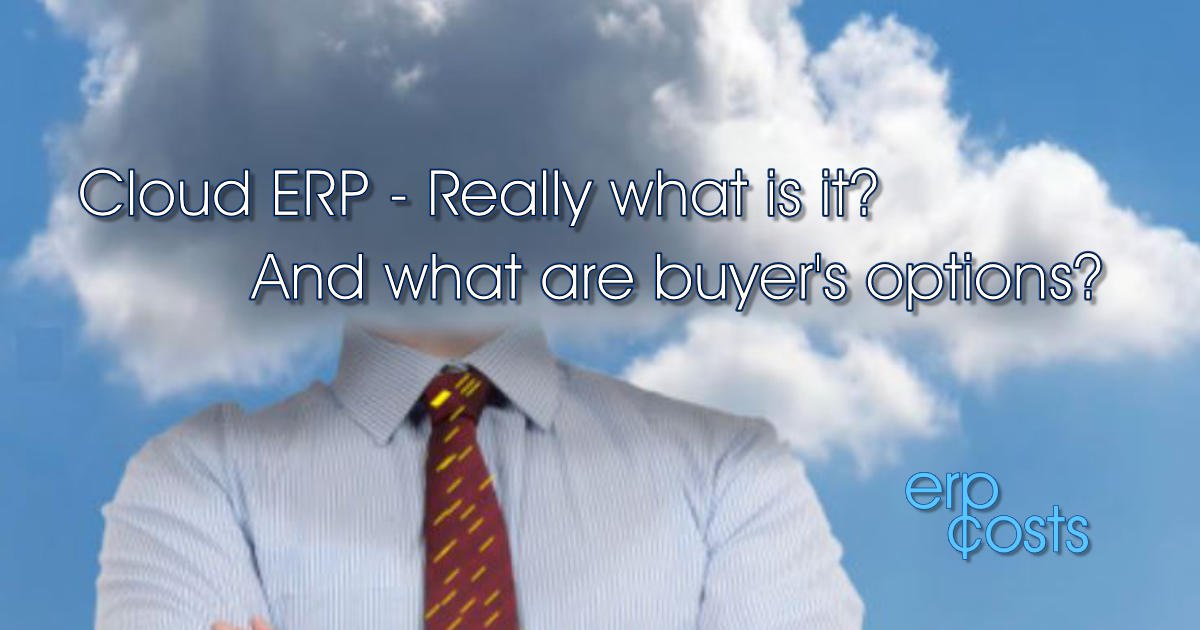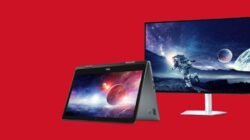Cloud computing in ERP systems sets the stage for this enthralling narrative, offering readers a glimpse into a story that is rich in detail and brimming with originality from the outset. This innovative technology has transformed the way businesses operate, allowing for enhanced efficiency, scalability, and accessibility. By integrating cloud solutions within ERP systems, organizations can streamline their processes, reduce operational costs, and improve collaboration across departments, all while ensuring data security and compliance.
As more companies embrace digital transformation, understanding the synergy between cloud computing and ERP systems becomes essential for remaining competitive in today’s fast-paced market. The shift towards cloud-based solutions is not just a trend; it’s a fundamental change that reshapes how businesses manage resources and respond to customer needs.
In recent years, the concept of sustainable living has gained significant traction, becoming a pivotal topic in discussions about the future of our planet. As we face the consequences of climate change, dwindling natural resources, and increasing pollution, the way we live our lives has never been more crucial. Sustainable living refers to a lifestyle that seeks to reduce an individual’s or society’s use of the Earth’s natural resources, thereby minimizing the negative impact on the environment.
This article delves into the importance of sustainable living, its principles, and practical ways to incorporate it into everyday life.
Understanding Sustainable Living
Sustainable living is rooted in the idea that we must meet our current needs without compromising the ability of future generations to meet their own. This encompasses a wide range of practices, including reducing waste, conserving energy, and making mindful consumption choices. By adopting a sustainable lifestyle, individuals can contribute to the health and longevity of our planet, promoting a balance between ecological preservation and human development.
Why Sustainable Living Matters
The urgency to embrace sustainable living stems from the pressing environmental challenges we face today. The following points highlight why sustainable living is essential:
- Environmental Protection: Sustainable living helps to preserve biodiversity and ecosystems. By reducing pollution and conserving natural resources, we protect wildlife habitats and maintain the balance of our planet’s ecosystems.
- Climate Change Mitigation: The effects of climate change are becoming increasingly evident, from extreme weather events to rising sea levels. Sustainable practices, such as reducing carbon footprints and utilizing renewable energy, can significantly mitigate these impacts.
- Resource Conservation: The Earth’s resources are finite. Sustainable living encourages the efficient use of these resources, ensuring that future generations have access to clean air, water, and fertile land.
- Economic Benefits: Adopting sustainable practices can lead to cost savings in the long run. For example, energy-efficient appliances and reduced waste can lower utility bills and disposal costs.
- Health and Well-Being: A sustainable lifestyle often promotes healthier living. Consuming organic and locally-sourced foods, for instance, not only supports local economies but also decreases exposure to harmful chemicals.
Principles of Sustainable Living
To truly embrace sustainable living, it is essential to understand its core principles, which can guide individuals in their choices:
- Reduce, Reuse, Recycle: This triad promotes minimizing waste. Reducing consumption, reusing items, and recycling materials are fundamental practices in sustainable living.
- Conserve Water and Energy: Simple actions, such as turning off lights when not in use or fixing leaks, can greatly reduce water and energy consumption.
- Choose Sustainable Products: Opting for products made from renewable resources or those with minimal packaging can significantly lessen environmental impact.
- Support Local and Organic: Purchasing local produce supports local farmers and reduces the carbon footprint associated with transporting goods.
- Educate and Advocate: Sharing knowledge about sustainable living and advocating for policies that protect the environment can amplify individual efforts and create broader change.
Practical Steps Towards a Sustainable Lifestyle
Transitioning to a sustainable lifestyle may seem daunting, but small changes can make a significant difference. Here are some practical steps to get started:
1. Audit Your Consumption
Take a moment to assess your consumption habits. Identify areas where you can cut back, whether it’s reducing your use of plastic, opting for public transportation, or minimizing energy consumption at home.
2. Embrace Minimalism
Consider adopting a minimalist approach to your belongings. Decluttering your space not only simplifies your life but also reduces the demand for new products, which often have a significant environmental impact.
3. Grow Your Own Food
If you have the space, starting a small garden can be both rewarding and sustainable. Growing your own fruits and vegetables reduces reliance on store-bought produce and minimizes packaging waste.
4. Use Eco-Friendly Products
Switch to biodegradable cleaning products, reusable shopping bags, and sustainable personal care items. Every little change contributes to a larger, collective impact.
5. Participate in Community Initiatives
Join local community efforts focused on sustainability, such as tree planting, clean-up drives, or conservation projects. Collective action amplifies individual efforts and fosters a sense of community.
Challenges of Sustainable Living
While the benefits of sustainable living are clear, there are challenges that individuals may face in their journey. Cost can be a significant barrier, as sustainable products are sometimes priced higher than their conventional counterparts. Moreover, accessibility to certain sustainable options, such as public transportation or organic food, may vary by location.
Education and awareness also play a crucial role. Many people may not fully understand the impact of their choices or the benefits of sustainable practices. Initiatives aimed at raising awareness about sustainability can help overcome these hurdles.
The Future of Sustainable Living
As we look to the future, the importance of sustainable living will only grow. With increasing global populations and the strain on our planet’s resources, embracing sustainable practices is no longer an option but a necessity. Governments, businesses, and individuals alike must work together to create a more sustainable future.
In conclusion, sustainable living is a vital approach to ensuring the health of our planet and the well-being of future generations. By understanding its principles and taking practical steps, each of us can contribute to this essential movement. It is a collective responsibility, and every action counts, no matter how small.
Quick FAQs
What are the main benefits of using cloud-based ERP systems?
Cloud-based ERP systems offer benefits such as cost savings, improved accessibility, scalability, automatic updates, and enhanced collaboration among different departments.
How does cloud computing enhance data security in ERP systems?
Cloud providers typically implement advanced security measures, such as encryption and regular backups, ensuring that sensitive business data is protected against breaches and losses.
Can small businesses benefit from cloud computing in ERP systems?
Absolutely! Cloud computing offers small businesses access to advanced ERP functionalities without the high upfront costs, enabling them to compete more effectively with larger enterprises.
What challenges might a business face when transitioning to cloud-based ERP?
Challenges can include data migration complexities, employee training requirements, and potential downtime during the transition. Careful planning and execution can mitigate these risks.
Is customization easier in cloud-based ERP systems compared to on-premise solutions?
Generally, cloud-based ERP systems offer flexible customization options through modular features and APIs, making it easier to tailor the software to specific business needs compared to on-premise solutions.












